Scientific name
Diaeretiella rapae (McIntosh)
Taxonomic position
Hymenoptera: Braconidae: Aphidiinae
Diagnosis
Head and thorax black, gaster and legs yellowish brown, antennae dark brown except first three segments much lighter and yellowish brown; wings hyaline, veins light brown to greenish brown, pterostigma greenish in freshly emerged specimens, later turns brown. Antenna (Fig. 1) filiform, with 14-17 segments. Notaular lines present on anterior, perpendicular part of mesoscutum. Propodeum (Fig. 4) with a carina and / or narrow areola present medio-posteriorly. Fore wing (Figs. 2, 3) with reduced venation, marginal cell distally open, RS not reaching wing margin, r&RS of medium length, slightly curved, pterostigma triangular. Scutellar sulcus smooth. Mesopleuron with a deep, finely crenulate transverse carina ("sternalus" in literature / keys) (Figs. 5, 6). Ovipositor sheath more or
less straight or little curved upwards with obtuse apex and sparse hairs. Diaeretiella rapae is the only species known in the genus, commonly associated with aphids infesting cole / cruciferous crops.
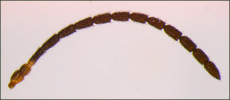 Fig. 1. Antenna Fig. 1. Antenna
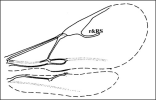 Fig. 2. Wing venation Fig. 2. Wing venation
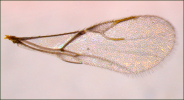 Fig. 3. Fore wing venation Fig. 3. Fore wing venation
 Fig. 4. Propodeum (areola indicated by arrow mark) Fig. 4. Propodeum (areola indicated by arrow mark)

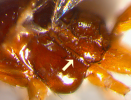 Figs. 5 - 6. Lateral view (arrow mark indicates sternaulus on mesopleuron) Figs. 5 - 6. Lateral view (arrow mark indicates sternaulus on mesopleuron)Images

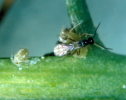
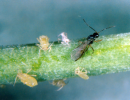 Diaeretiella rapae adult in aphid colony Diaeretiella rapae adult in aphid colony
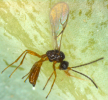 Adult, lateral view Adult, lateral view

 Lipaphis erysimi colony with parasitised mummies (pale golden brown) Lipaphis erysimi colony with parasitised mummies (pale golden brown)
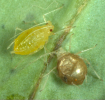 Myzus persicae - healthy and parasitised by D. rapae Myzus persicae - healthy and parasitised by D. rapae
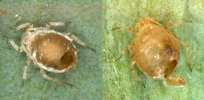 Mummies of B. brassicae with parasitoid emergence holes Mummies of B. brassicae with parasitoid emergence holes
Distribution
Cosmopolitan. India: Arunachal Pradesh; Assam; Himachal Pradesh; Karnataka; Jammu & Kashmir; Meghalaya; Punjab; Sikkim; Uttar Pradesh (Raychaudhuri, 1990).
Biology / Hosts
Diaeretiella rapae is a solitary endoparasitoid of adult and immature stages of several species of aphids, but commonly associated with aphids infesting cole / cruciferous crops such as Myzus persicae (Sulzer), Brevicoryne brassicae (L.), and Lipaphis erysimi (Kaltenbach) on cabbage, cauliflower, mustard, etc. It is primarily attracted to cruciferous plant odours (Vaughn et al., 1996). Other recorded hosts include Aphis craccivora, A. fabae, A. gossypii, Brachycaudus helichrysi, Hysteroneura setariae, and Schizaphis graminum (Raychaudhuri, 1990).
The adult females lay a single egg directly into an aphid's body. The parasitized aphid continues to feed for 3-4 days and typically remains in the same location after being attacked. The larva has four instars and feeds on the internal tissues of the aphid, eventually killing it.
Parasitised aphids can be easily identified by naked eye by their distinctive appearance. When the host dies it becomes a mummy consisting of the hardened exoskeleton of the aphid and turns golden yellow to golden brown and shiny. The wasp pupates within the aphid host and emerges from the mummy as an adult.
The life cycle from egg to adult takes about 9-10 days.
References
- Raychaudhuri, D. 1990. Aphidiids (Hymenoptera) of Northeast India. Indira Publishing House, Michigan, USA. 155 p.
- Stary, P. 1964. Food specificity in the Aphidiidae (Hymenoptera). Entomophaga, 9:
91-99.
- Vaughn, T.T., Antolin, M.F. & Bjostad, L.B. 1996. Behavioral and physiological responses of Diaeretiella rapae to semiochemicals. Entomologia experimentalis et Applicata, 78: 187-196.
|